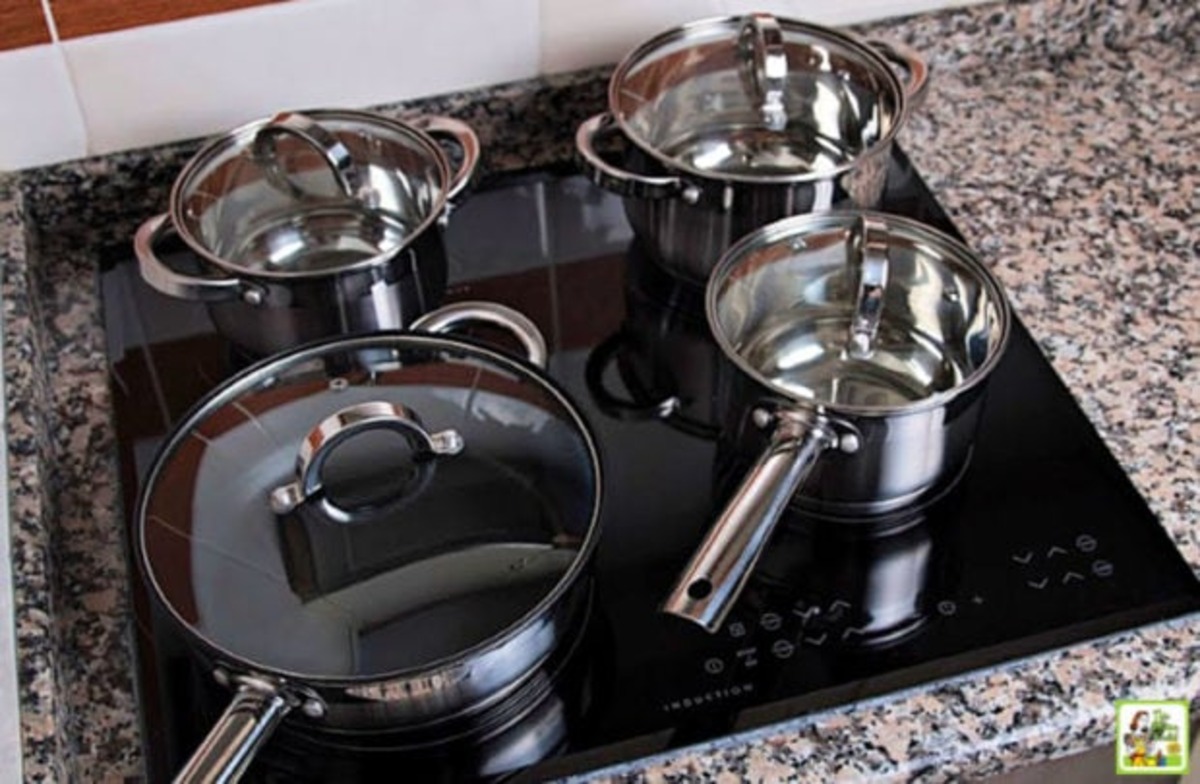

Articles
What Can I Use On Induction Cooktop
Modified: February 29, 2024
Discover the best articles on what you can use on an induction cooktop. Find helpful tips and recommendations for cooking utensils, pans, and more.
(Many of the links in this article redirect to a specific reviewed product. Your purchase of these products through affiliate links helps to generate commission for Storables.com, at no extra cost. Learn more)
Introduction
Welcome to the world of induction cooking! If you’re new to this innovative cooking technology, you may be wondering what you can use on an induction cooktop. Induction cooktops have gained popularity in recent years due to their efficient and precise cooking capabilities. Unlike traditional electric or gas cooktops, induction cooktops use electromagnetic fields to directly heat the cookware, resulting in faster and more consistent cooking.
Induction cooktops offer numerous advantages, including faster heating, precise temperature control, and energy efficiency. However, they require specific cookware that is compatible with induction technology. In this article, we will explore the types of cookware that can be used on induction cooktops, as well as the ones that should be avoided.
Understanding the compatibility of cookware with induction cooktops is essential to ensure safe and effective cooking. Using the wrong cookware can lead to inefficient cooking, poor heat distribution, and damage to both the cookware and the cooktop itself. Let’s delve deeper into the topic and discover the best options for your induction cooking needs.
Key Takeaways:
- Induction cooktops require compatible cookware made of magnetic materials like stainless steel, cast iron, and carbon steel for efficient and even heating.
- Safety is paramount when using induction cooktops, so always follow manufacturer’s instructions, keep the cooktop clean, and use compatible cookware to prevent accidents and ensure an enjoyable cooking experience.
Understanding Induction Cooktops
To fully grasp what can be used on an induction cooktop, it’s important to understand how induction technology works. Unlike traditional cooktops that rely on thermal conduction to transfer heat to the cookware, induction cooktops use electromagnetic fields to generate heat directly in the pot or pan.
Induction cooktops feature a coil of copper wire beneath the ceramic surface. When electricity flows through this coil, it creates a magnetic field. When a pot or pan made of magnetic material is placed on the cooktop, the magnetic field induces an electrical current within the cookware, generating heat. The heat is then transferred to the food inside the cookware.
Because induction cooktops rely on magnetic fields to generate heat, they require cookware that is made of ferromagnetic materials, such as stainless steel or cast iron. These materials contain iron, which is essential for the cookware to respond to the magnetic field and heat up.
It’s important to note that not all stainless steel or cast iron cookware is induction-compatible. Some stainless steel or cast iron pans may contain a layer of non-magnetic material, such as aluminum, on the bottom, which hampers their ability to work on induction cooktops.
When shopping for induction cookware, look for labels like “induction compatible” or “induction ready.” These labels indicate that the cookware has been specifically designed to work on induction cooktops and contains the necessary magnetic properties.
Now that we have a basic understanding of induction cooktops and their requirements, let’s explore the types of cookware that are compatible with induction technology.
Compatible Cookware for Induction Cooktops
When it comes to using cookware on induction cooktops, the key is to find pots and pans that have a magnetic base. This will ensure proper heat transfer and efficient cooking. Here are some types of cookware that are compatible with induction cooktops:
- Stainless Steel: Stainless steel cookware is a popular choice for induction cooktops. Look for stainless steel pots and pans that have a layer of magnetic material on the bottom. This will allow the cookware to respond to the magnetic field and heat up quickly. Stainless steel cookware is durable, easy to clean, and provides even heat distribution.
- Cast Iron: Cast iron cookware is another excellent option for induction cooktops. Cast iron is naturally magnetic, making it ideal for induction cooking. It retains heat well and distributes it evenly, resulting in delicious and perfectly cooked meals. However, be aware that cast iron cookware can be heavy and requires regular seasoning and proper maintenance.
- Enamel-coated Cast Iron: If you prefer the benefits of cast iron but want a non-reactive cooking surface, enamel-coated cast iron cookware is a great choice. The enamel layer provides a smooth and easy-to-clean cooking surface while still being compatible with induction cooktops.
- Carbon Steel: Carbon steel cookware is known for its excellent heat conductivity and durability. It is lighter than cast iron and provides similar cooking properties. Look for carbon steel pans with a magnetic base to use them on induction cooktops.
- Magnetic Stainless Steel: Some manufacturers offer cookware specifically designed for induction cooking. These pots and pans are made of magnetic stainless steel, ensuring compatibility with induction cooktops. They often come with a stainless steel or aluminum core for enhanced heat distribution.
Remember, when selecting compatible cookware for induction cooktops, ensure that the bottoms are flat and smooth. Uneven or warped bottoms can lead to inefficient and uneven heating.
Now that we know the types of cookware that can be used on induction cooktops, let’s explore the types of cookware that are not compatible.
Non-Compatible Cookware for Induction Cooktops
While induction cooktops offer a wide range of compatibility with various types of cookware, there are some materials that are not suitable for use on these cooktops. Here are some types of cookware that are not compatible with induction cooktops:
- Aluminum: Pure aluminum cookware is not induction-compatible since aluminum is not a magnetic material. However, some manufacturers offer aluminum cookware with a magnetic base or encapsulated bottom, which allows them to work on induction cooktops. Look for labels indicating induction compatibility if you prefer aluminum cookware.
- Copper: Copper cookware is also not suitable for induction cooking. Copper is highly conductive but not magnetic, which means it will not heat up on an induction cooktop. However, you can use copper cookware if it has a magnetic base or is specifically designed for induction use.
- Glass or Ceramic: Glass, ceramic, or non-magnetic porcelain cookware is not compatible with induction cooktops. These materials will not respond to the magnetic field and will not heat up. It’s crucial to use magnetic cookware when cooking on induction cooktops.
- Non-Magnetic Stainless Steel: Not all stainless steel cookware is induction-compatible. If the stainless steel cookware does not have a layer of magnetic material, it will not work on an induction cooktop. Make sure to check for induction-ready labels or test the cookware with a magnet before using it on an induction cooktop.
- Non-Ferrous Metals: Cookware made of non-ferrous metals, such as brass or bronze, is not compatible with induction cooktops. These materials do not contain iron and will not respond to the magnetic field.
It’s essential to avoid using non-compatible cookware on induction cooktops, as it can lead to inefficient cooking and potentially damage the cookware or the cooktop itself. Stick to the recommended types of cookware for the best cooking performance.
While there are limitations to the types of cookware that can be used on induction cooktops, don’t worry. There are alternatives available if you still want to enjoy the benefits of induction cooking without investing in new cookware.
When using an induction cooktop, make sure to use cookware that is magnetic and flat-bottomed for the best results. This will ensure even heating and efficient cooking.
Alternatives to Induction Cookware
If you don’t have compatible cookware for your induction cooktop or don’t want to invest in new pots and pans, there are a few alternatives you can consider to still enjoy the benefits of induction cooking. Here are some options:
- Induction Cookware Converter Disc: An induction cookware converter disc is a handy accessory that you can place on your induction cooktop. It acts as a bridge between the cooktop and non-compatible cookware, allowing you to use your existing pots and pans. The converter disc is typically made of magnetic material and provides a heat-conductive surface for your cookware.
- Induction Interface Disc: Similar to the converter disc, an induction interface disc is placed between the cooktop and non-compatible cookware. This disc acts as an intermediary, transferring the heat from the induction cooktop to the cookware. However, unlike the converter disc, the interface disc doesn’t need to be made of magnetic material since it doesn’t induce the current in the cookware.
- Induction Compatible Cookware Inserts: Some manufacturers offer induction-compatible inserts that can be placed inside non-compatible cookware. These inserts are typically made of magnetic material and provide the necessary magnetic properties for induction cooking. This allows you to use your existing cookware without compromising on the benefits of induction technology.
- Induction-Compatible Cookware Rental: If you only need induction cookware for a short period or want to try it out before making a purchase, consider renting induction-compatible cookware. Many rental services offer cookware specifically designed for induction cooktops, allowing you to experience the benefits without a long-term commitment.
- Investing in Induction Cookware: If you find yourself consistently using an induction cooktop and want to fully enjoy its benefits, investing in induction-compatible cookware is the best option. Look for cookware specifically labeled as ‘induction ready’ or ‘induction compatible.’ This way, you’ll have a wide range of options to choose from and can build a collection of cookware that fully maximizes the potential of your induction cooktop.
Remember, while these alternatives can allow you to use non-compatible cookware on an induction cooktop, there may be some limitations in terms of heat distribution and efficiency. Induction-compatible cookware will always provide the best performance on an induction cooktop.
Now that we’ve explored alternatives to induction cookware, let’s focus on some essential tips for using induction cooktops safely.
Read more: How To Use Kitchenaid Induction Cooktop
Tips for Using Induction Cooktops Safely
To ensure a safe and enjoyable experience while using induction cooktops, it’s important to follow these essential tips:
- Use Compatible Cookware: Only use cookware that is specifically labeled as induction compatible. This ensures efficient heat transfer and prevents damage to both the cookware and the cooktop.
- Avoid Empty Cookware: Never place empty cookware on an induction cooktop. Induction cooktops work by detecting the presence of magnetic material. If there is no cookware on the surface, the cooktop may not activate or may shut off automatically for safety reasons.
- Keep the Cooktop Clean: Regularly clean the surface of your induction cooktop to prevent any buildup of grease or residue. This helps maintain optimal heat transfer and prevents potential hazards.
- Be Mindful of High Heat: Induction cooktops can heat up very quickly, so it’s important to be cautious when cooking at high temperatures. Use oven mitts or pot holders to handle hot cookware, and be mindful of any potential steam or splattering when removing lids.
- Turn Off Before Removing Cookware: Always turn off the induction cooktop and wait for the surface to cool down before removing cookware. This prevents accidental burns and reduces the risk of damage to the cookware or the cooktop.
- Keep Flammable Materials Away: Induction cooktops generate heat only in the cookware, but it’s still important to keep flammable materials, such as kitchen towels or paper, away from the cooking area to prevent accidents.
- Keep Children and Pets Away: Induction cooktops can pose a potential danger to children and pets. Always ensure that they are kept at a safe distance, away from the cooktop, to prevent accidents or burns.
- Follow Manufacturer’s Instructions: Read and follow the manufacturer’s instructions and guidelines for your specific induction cooktop model. This will help you understand its features, proper usage, and any additional safety precautions.
By following these safety tips, you can enjoy the convenience and efficiency of induction cooking without compromising on your well-being or the condition of your cookware.
Now that we’ve explored the tips for using induction cooktops safely, let’s wrap up our article.
Conclusion
Induction cooktops offer a range of advantages, including fast and precise cooking, energy efficiency, and easy cleanup. To fully unlock the potential of your induction cooktop, it’s important to use compatible cookware that can respond to the magnetic fields and heat up efficiently.
Stainless steel, cast iron, enamel-coated cast iron, carbon steel, and magnetic stainless steel are among the types of cookware that work well on induction cooktops. These materials contain magnetic properties that allow them to generate heat and distribute it evenly.
On the other hand, materials like aluminum, copper, glass, ceramic, non-magnetic stainless steel, and non-ferrous metals are not compatible with induction cooktops. However, by using induction cookware converter discs, induction interface discs, or induction-compatible cookware inserts, you can still use non-compatible cookware on your induction cooktop.
When using an induction cooktop, prioritize safety by using induction-compatible cookware, keeping the cooktop clean, being mindful of high heat, and following the manufacturer’s instructions. By being cautious and taking these safety measures, you can ensure a safe and enjoyable cooking experience.
Induction cooking is a modern and efficient method of preparing meals. Whether you’re a professional chef or a cooking enthusiast, using the right cookware on your induction cooktop will enhance your culinary adventures and produce delicious and consistent results.
So, now that you know what can be used on an induction cooktop, it’s time to explore the world of induction cooking and enjoy all the benefits it has to offer!
Frequently Asked Questions about What Can I Use On Induction Cooktop
Was this page helpful?
At Storables.com, we guarantee accurate and reliable information. Our content, validated by Expert Board Contributors, is crafted following stringent Editorial Policies. We're committed to providing you with well-researched, expert-backed insights for all your informational needs.
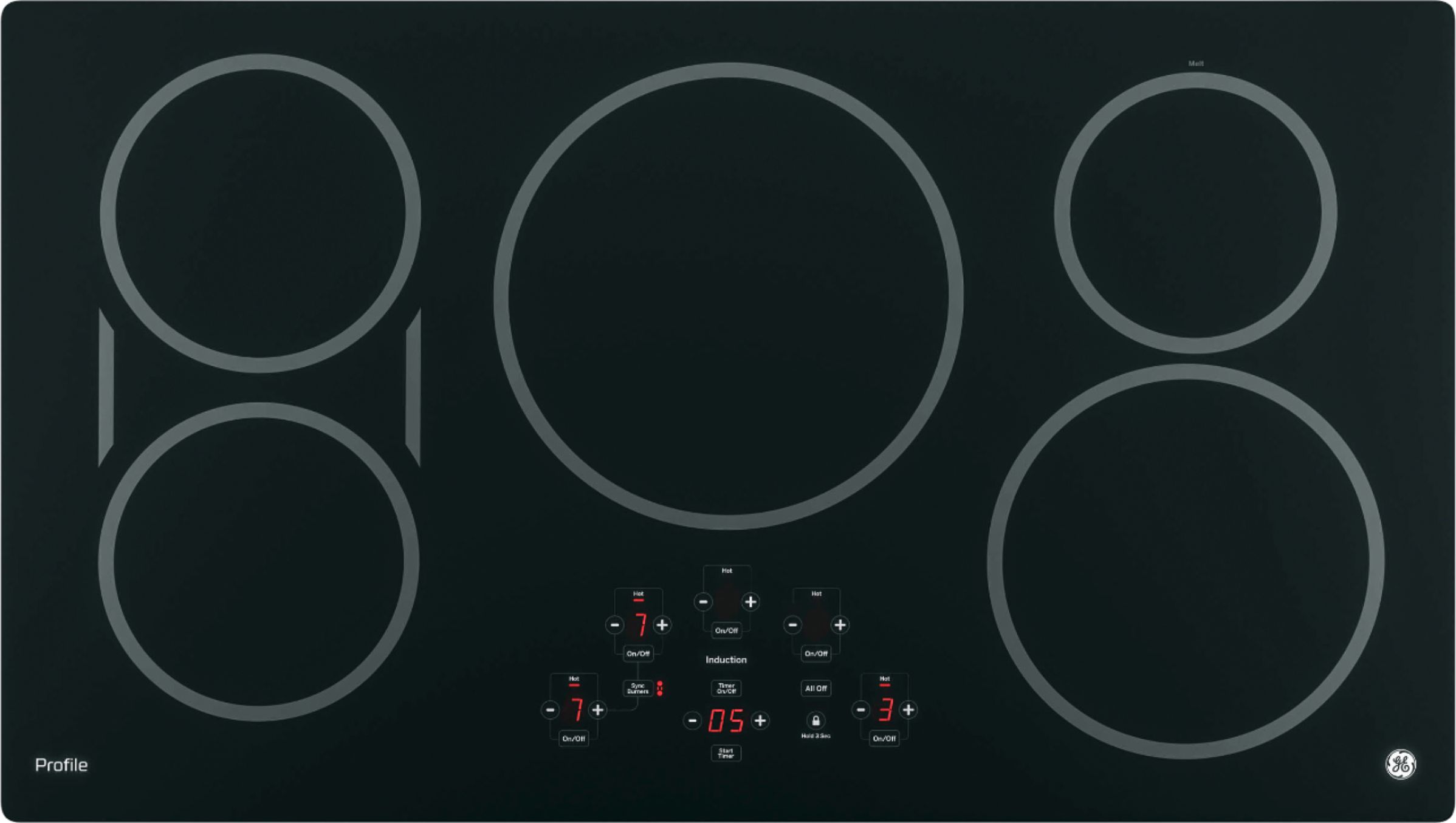
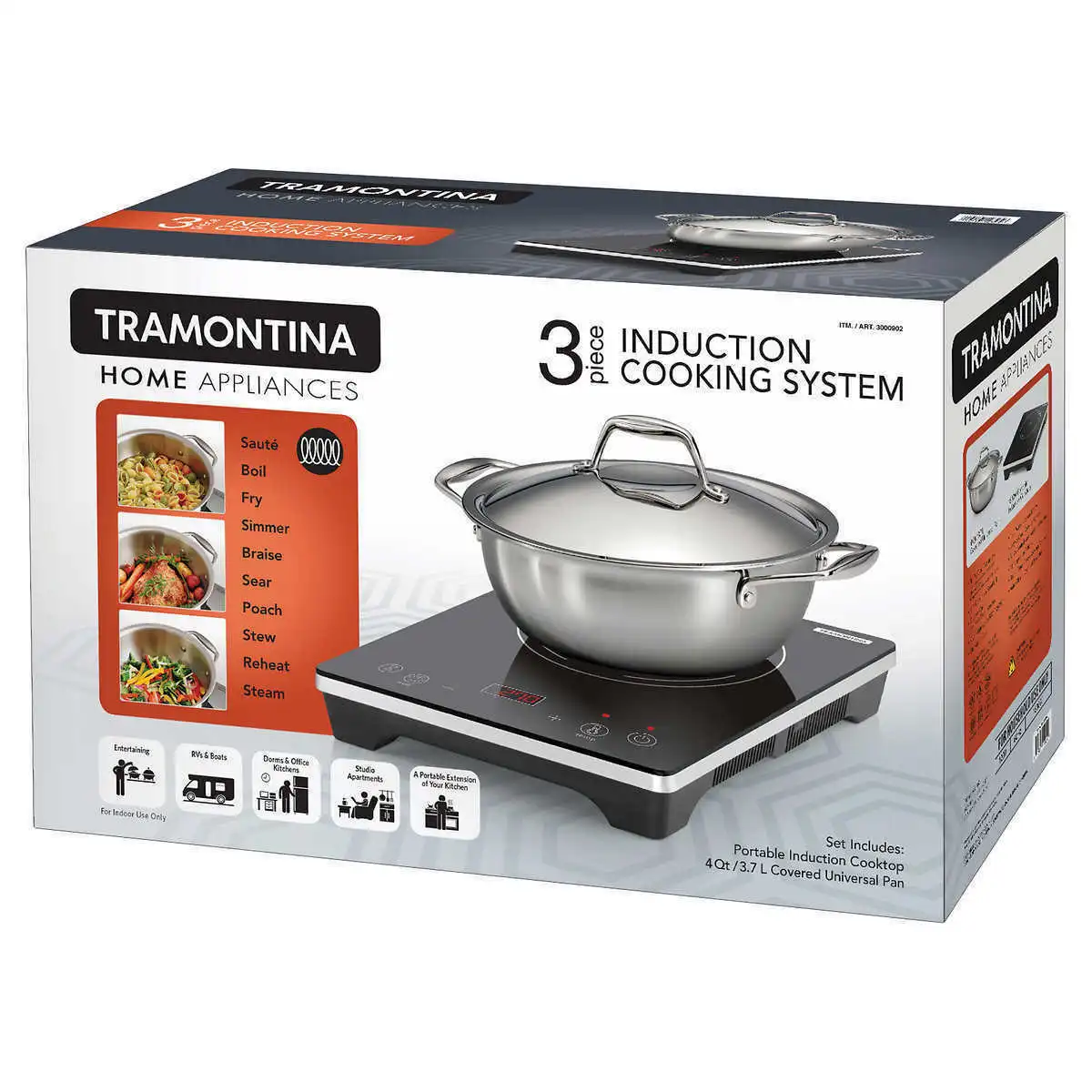
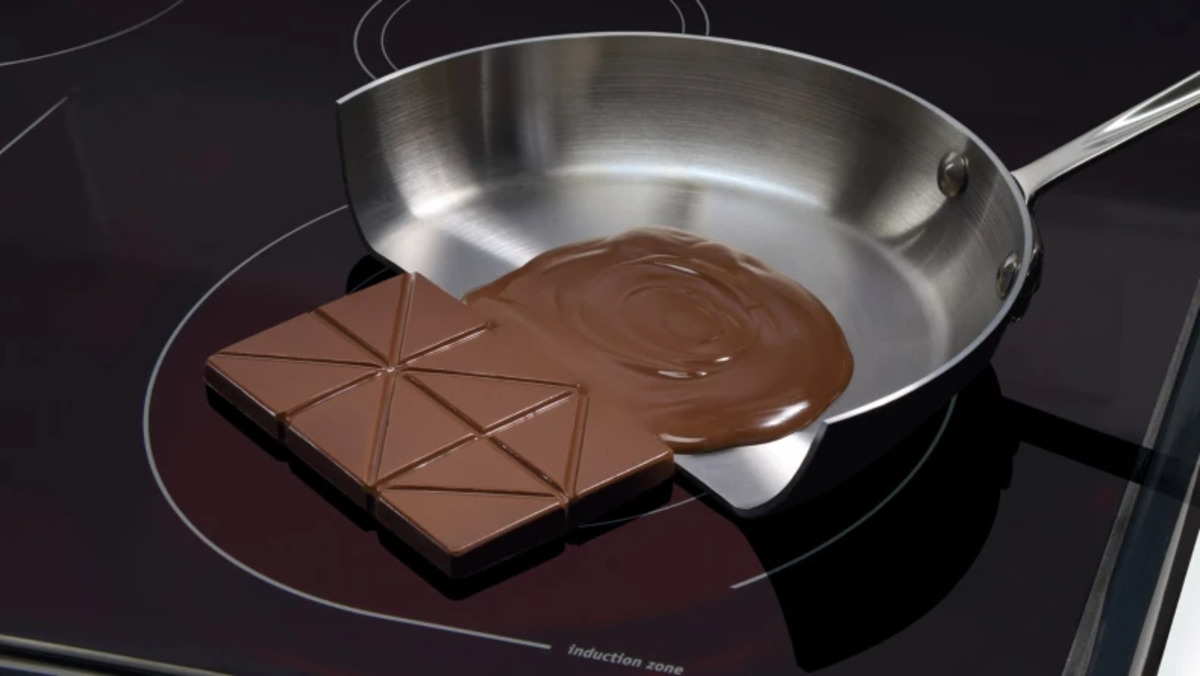
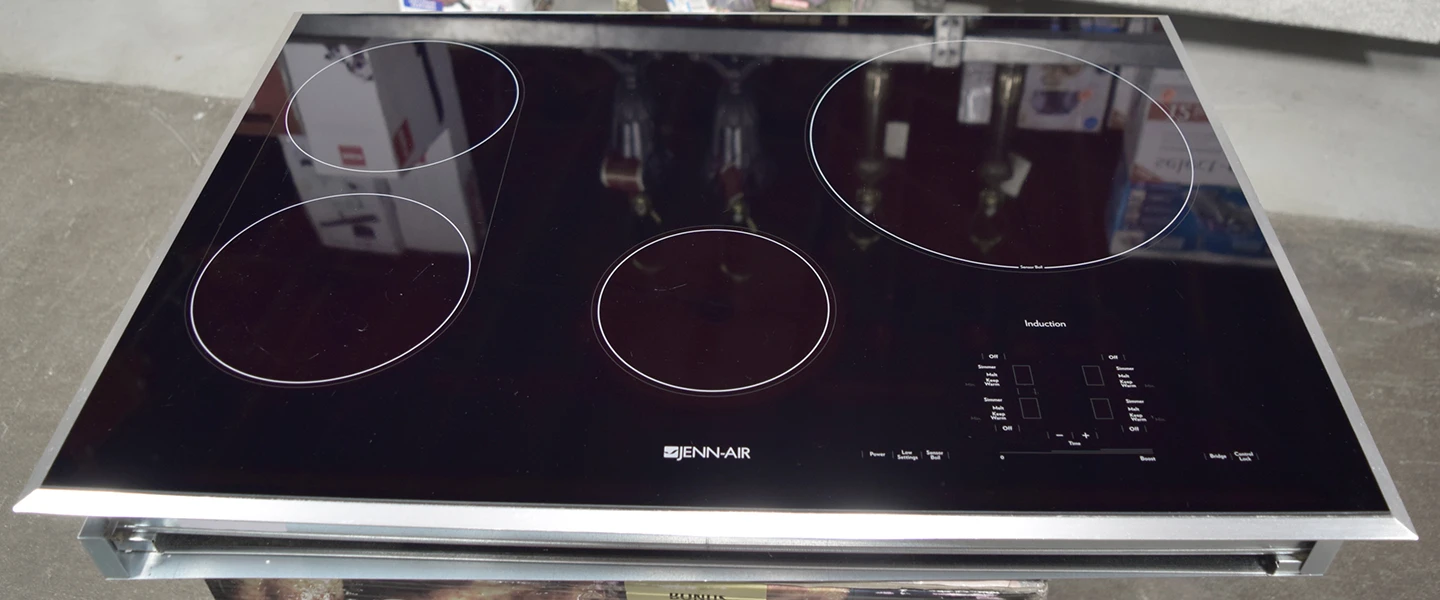
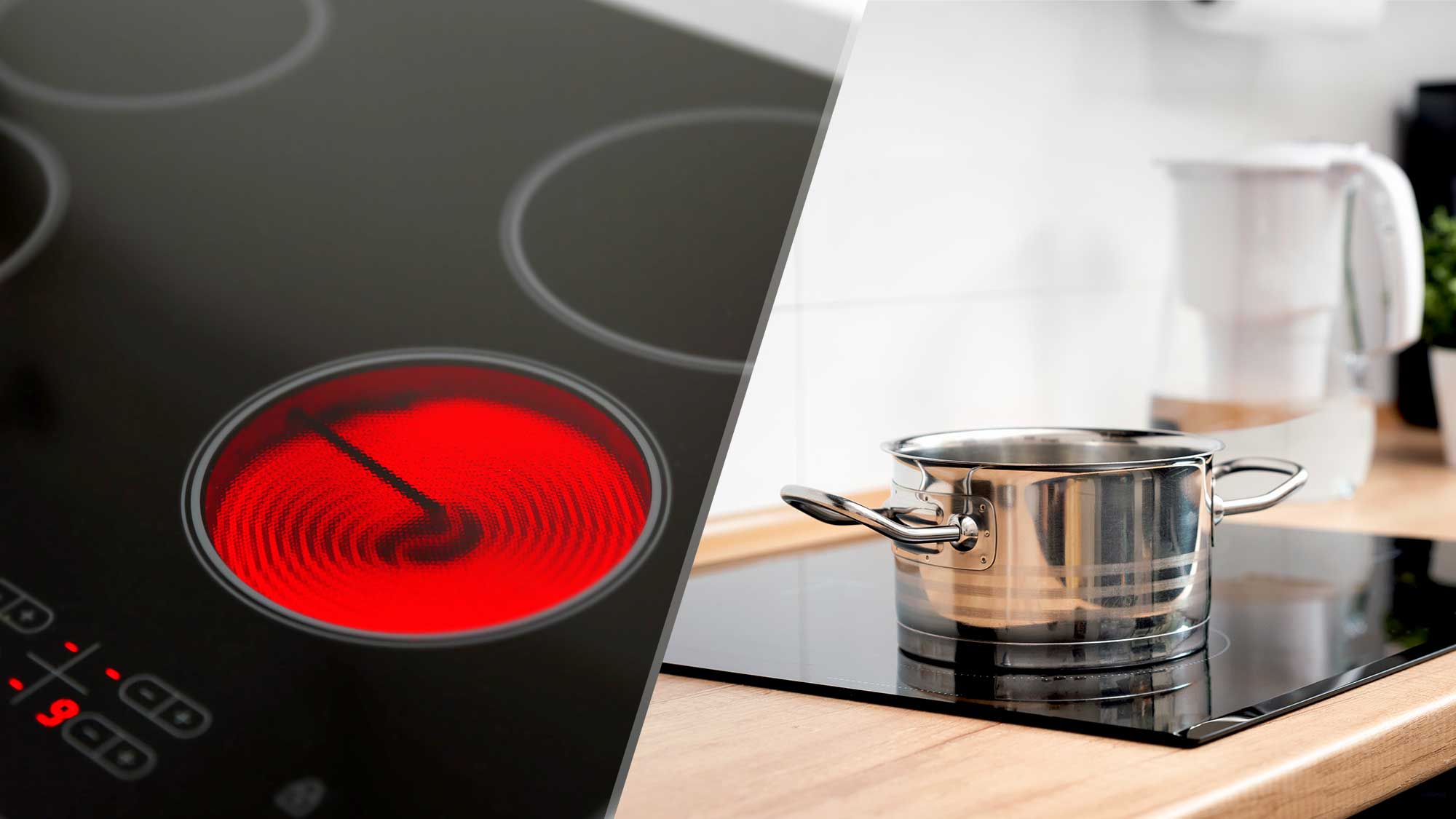
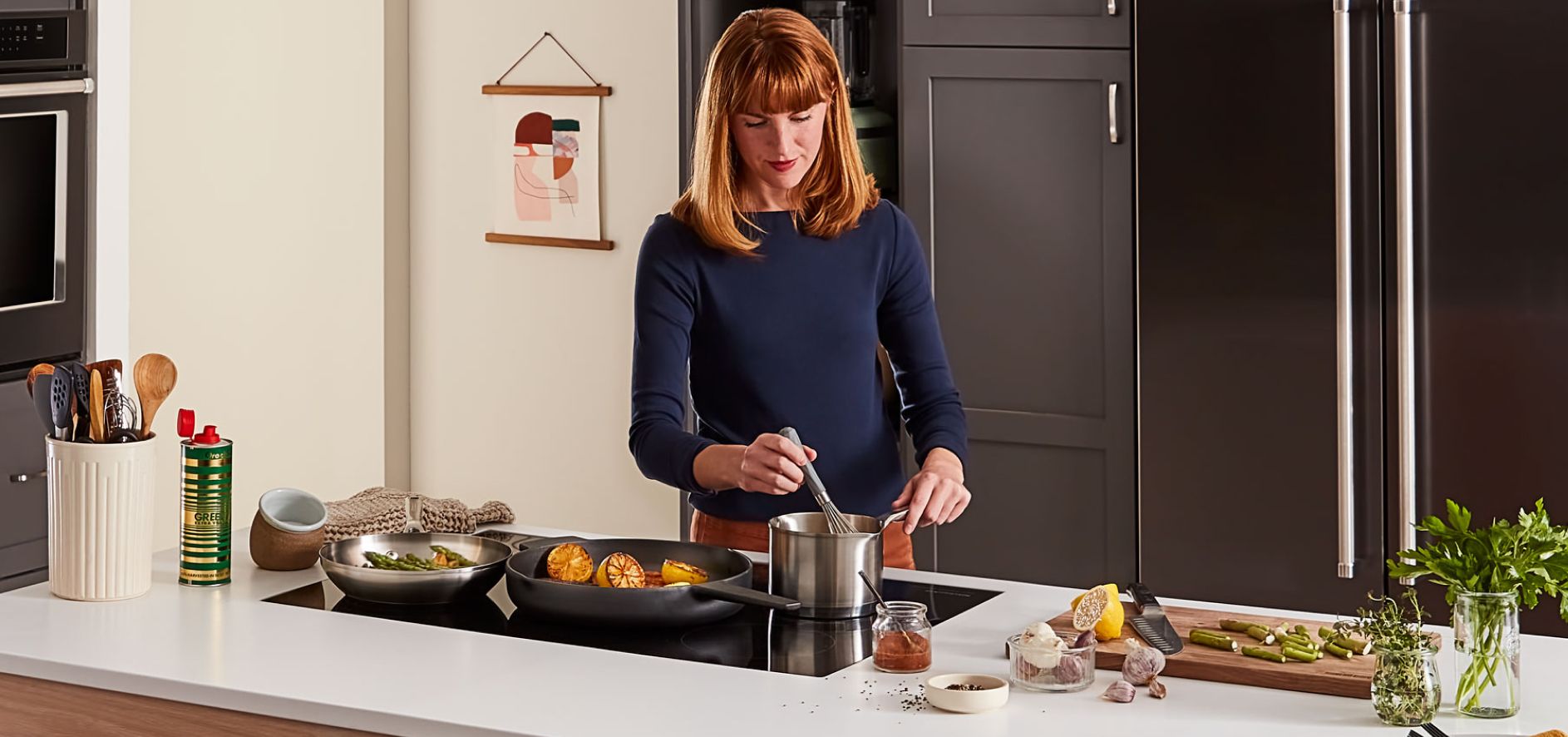
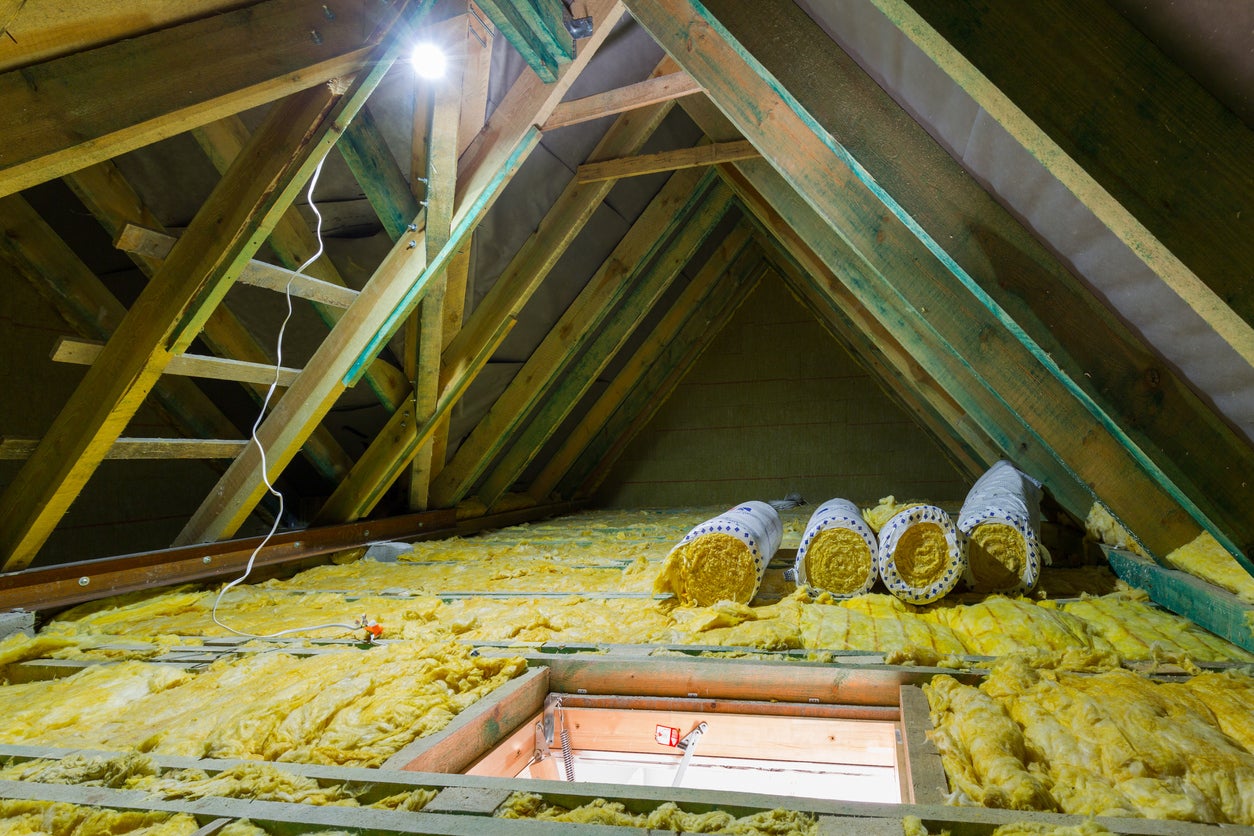
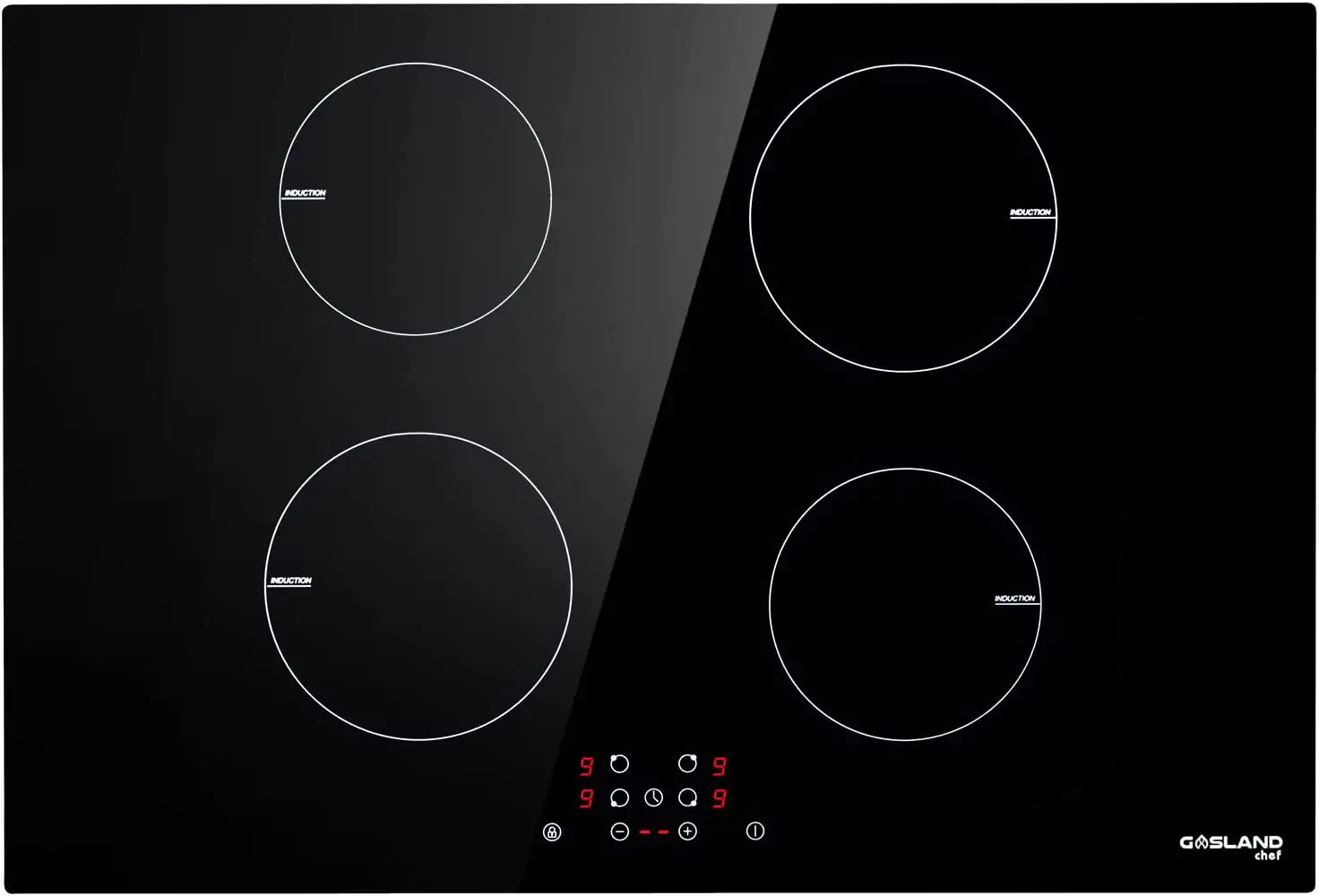
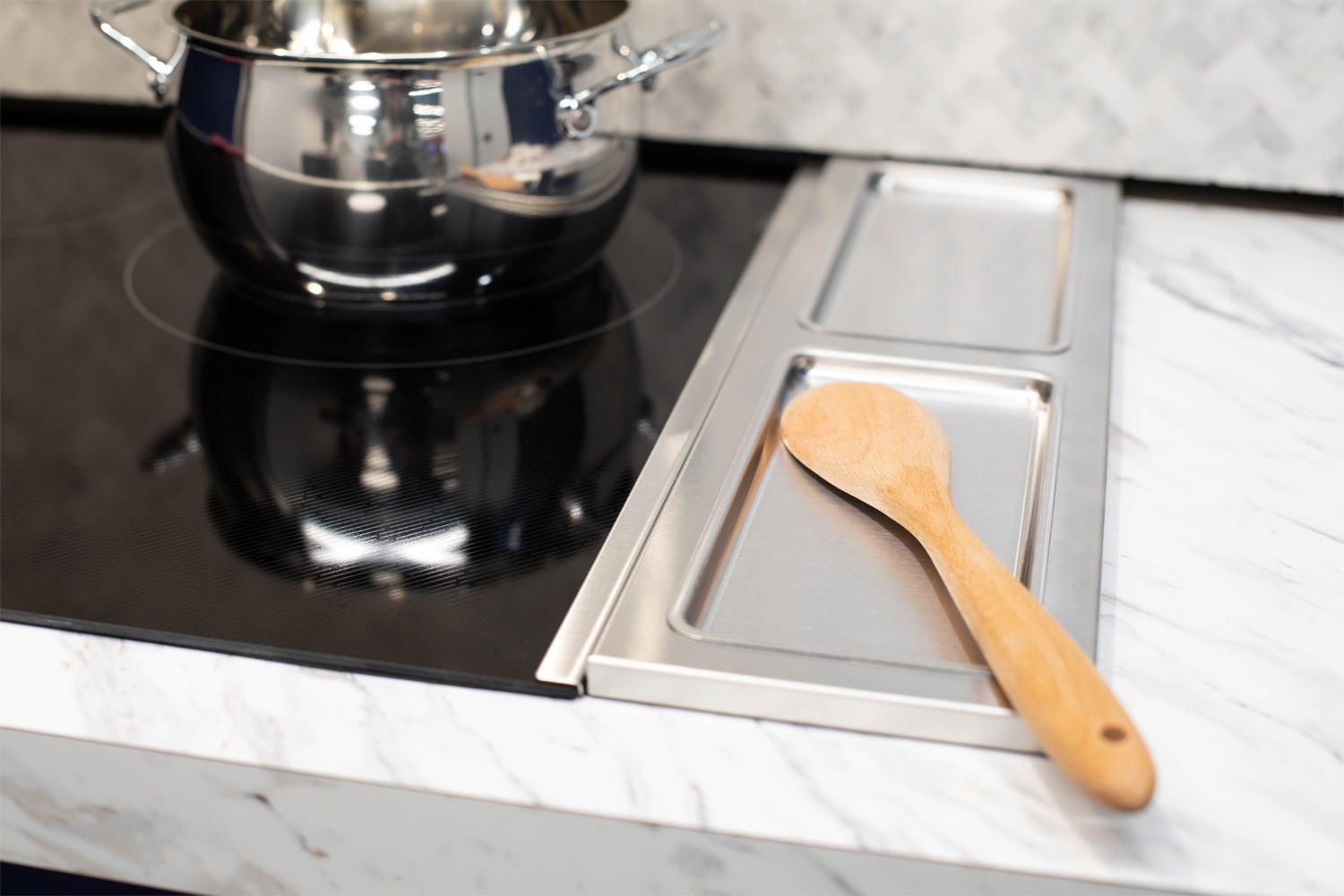
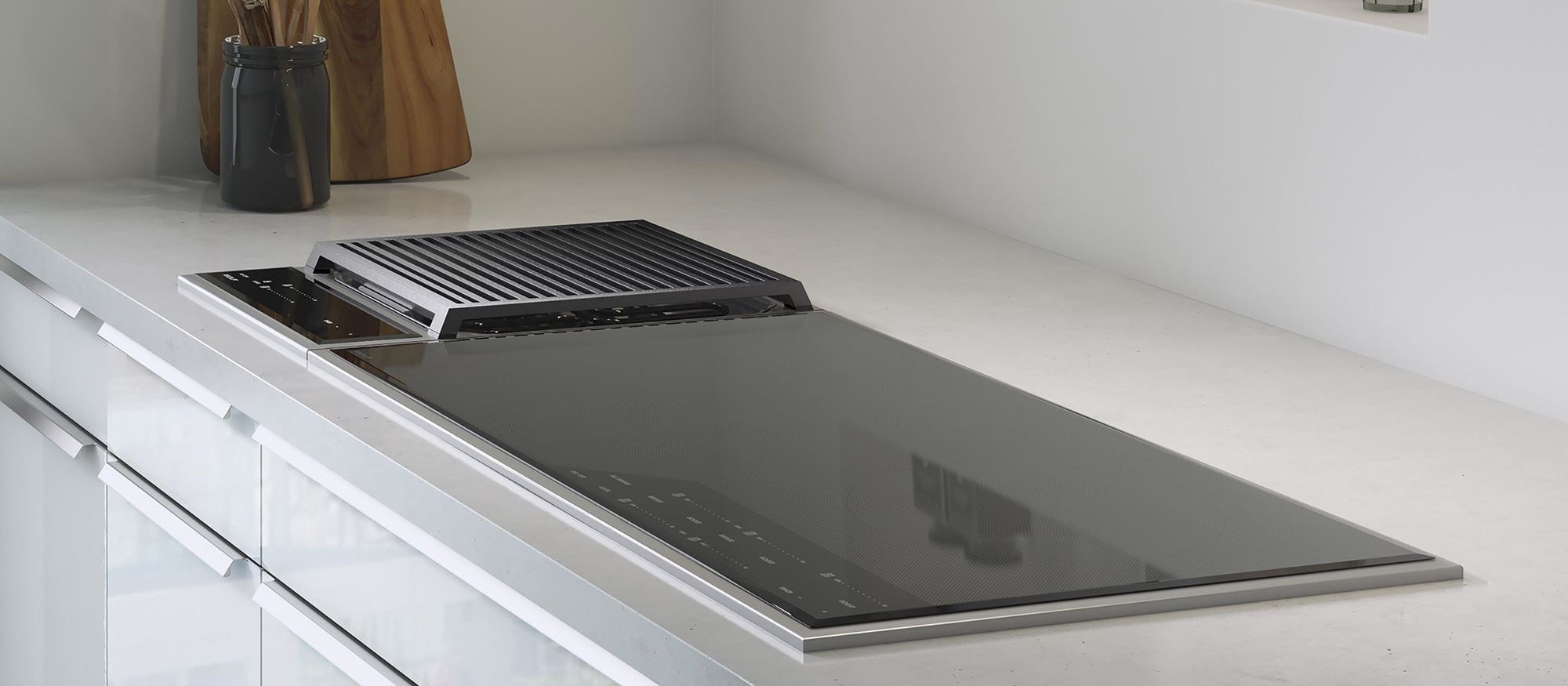
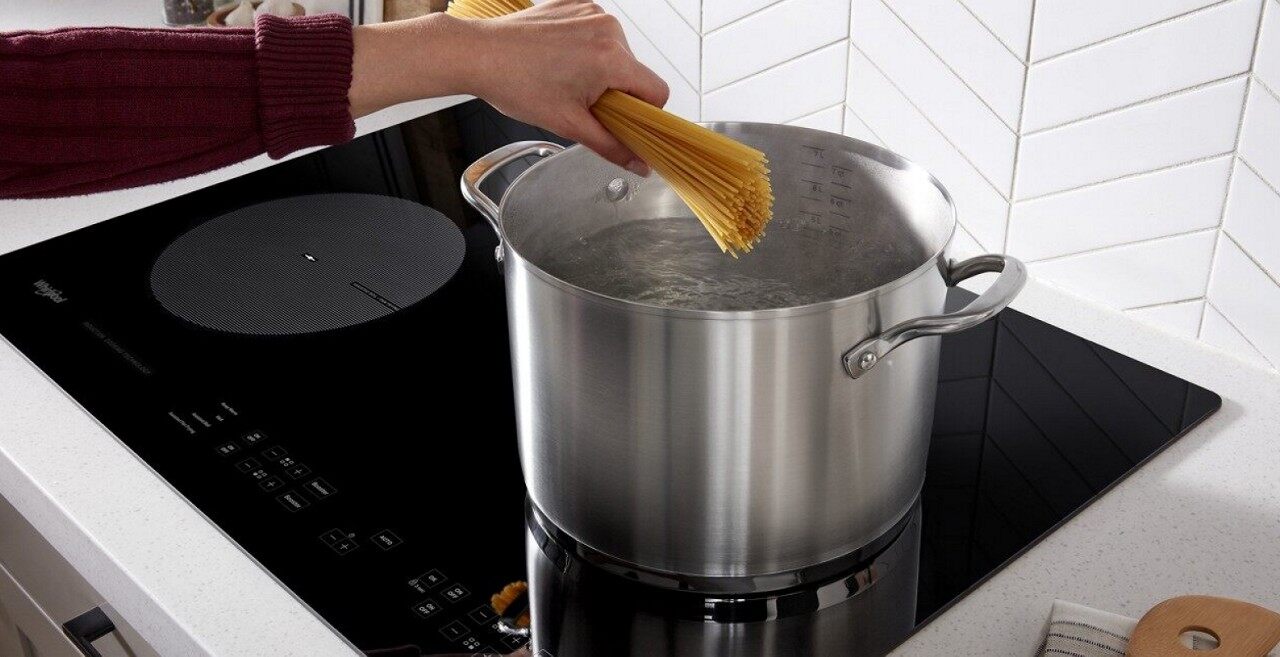
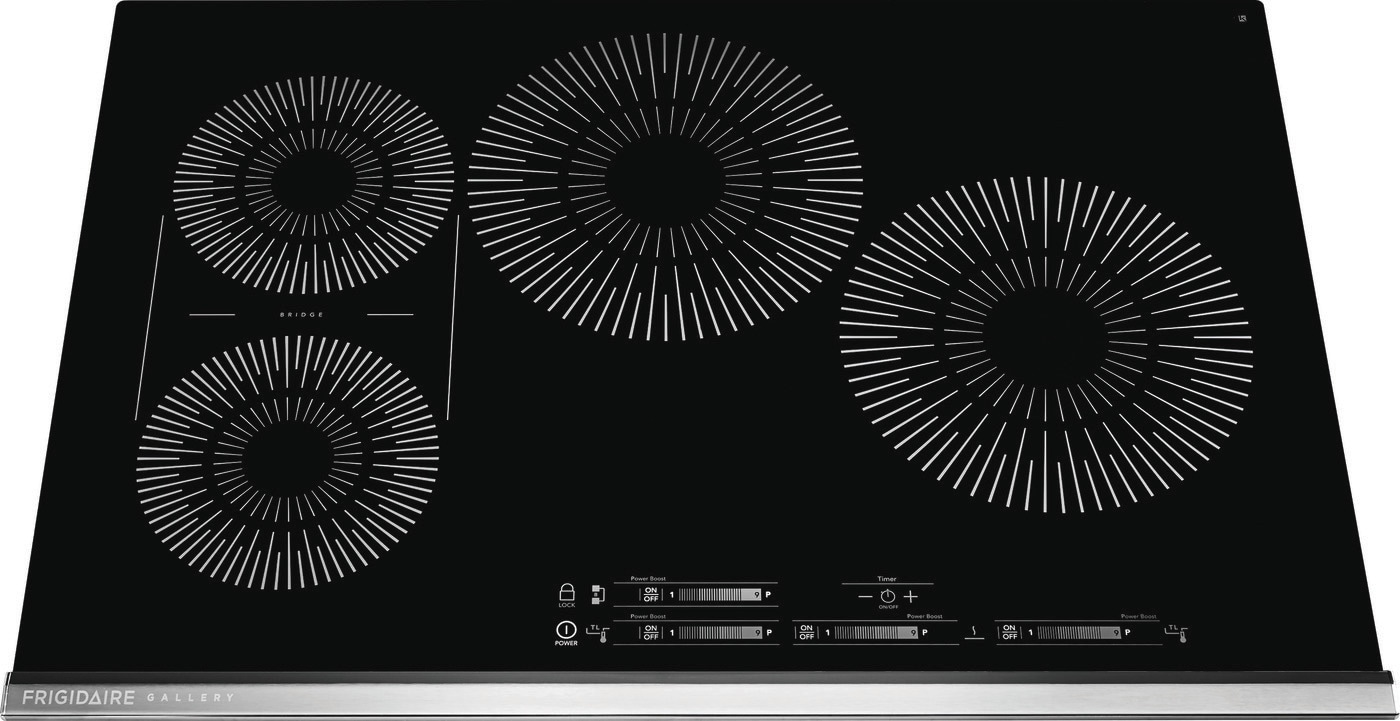

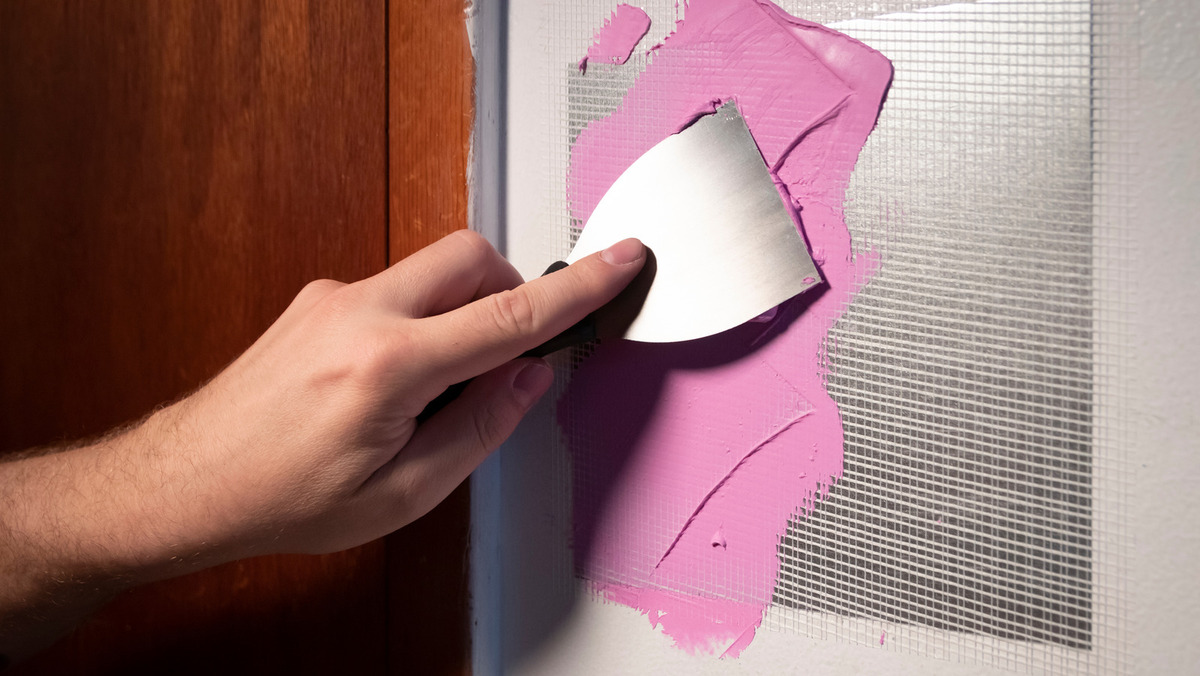

0 thoughts on “What Can I Use On Induction Cooktop”